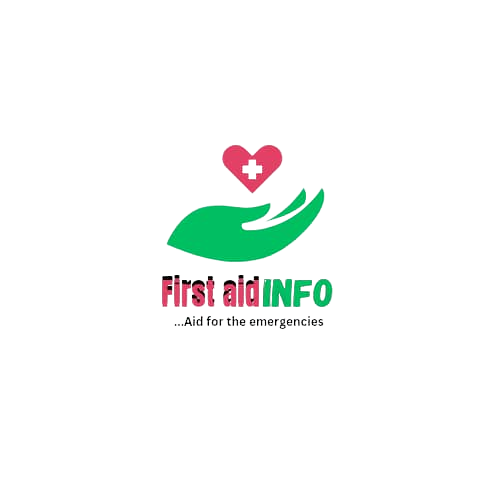Technique: Handwashing
Wash your hands before and after providing first aid (after removing disposable gloves, if applicable). Washing your hands should take between 40 and 60 seconds.
Are you wearing long-sleeved clothes? Then roll up your sleeves so that your forearms are free. Take off any jewellery (bracelet, watch, rings, etc.).
When clean, running water is available:
1. Wet your hands under clean, running water.
2. Use soap. If soap is unavailable, use ash from a clean wood fire that is no longer hot.
3. Rub your hands firmly together and wash thoroughly. Make sure the soap (or ash) touches all parts of your hands, including the palm, back of the hand, fingertips, thumb, skin between fingers, and wrists of both hands.
4. Rinse your hands well, using plenty of water.
5. Dry your hands with a clean towel or cloth.
- When no clean, running water is available: Wash your hands using clean water (e.g. drinking water, boiled and cooled water)
- which you pour out of a clean bottle, jug or can. Disinfect your hands using an alcohol-based hand sanitizer.
Recently, the seemingly insignificant act of handwashing has gained attention. The recent global health crisis has brought to light how important this straightforward method is in preserving our health. Outside the pandemic, handwashing has always been essential to good personal hygiene and the containment of infections and diseases. We will explore the value of handwashing, its principles, appropriate procedures, and the significance of Handwashing Day.
I. The Power of Clean Fingers: The Basics of Handwashing
Although our hands are wonderful instruments, they are also a haven for germs. Our hands touch numerous surfaces and items from the minute we wake up until we go to bed, accumulating bacteria and viruses in the process. This justifies how important hand cleaning is.
II. The Handwashing Basin: Where It All Begins
Let’s first gain an understanding of the handwashing basin’s importance before getting into the specifics. In many cultures, it is the heart of cleanliness and the starting point for the quest for germ-free hands.
III. The Importance of Handwashing
A. Disease Prevention
It is impossible to exaggerate the value of washing your hands. It is a crucial technique in stopping the spread of illnesses like the flu, the common cold, and, more seriously, gastrointestinal infections like cholera and E. coli.
B. Reducing Healthcare-Associated Infections
In hospital settings, hand cleanliness is equally important. Healthcare workers who wash their hands properly can prevent the spread of illnesses, protecting both patients and providers.
IV. The Principle of Handwashing: When, Why, and How
A. When to Wash Your Hands
Understanding when to wash your hands is pivotal. Key moments include before eating, after using the restroom, touching animals, handling garbage, and whenever your hands appear visibly dirty.
B. Why Handwashing Works
The science behind handwashing is clear – it removes germs and contaminants, breaking the chain of infection transmission.
C. The Basic Principles
Proper handwashing follows a simple mantra: “Wet, Lather, Scrub, Rinse, Dry.” We’ll delve into each step to ensure you’re doing it right.
V. Proper Handwashing Techniques: Step by Step
1. Wet Your Hands
Begin by thoroughly wetting your hands under clean, running water. Adjust the temperature to your comfort; it can be warm or cold.
2. Apply Soap
Apply enough soap to cover all surfaces of your hands. Soap helps lift dirt, oils, and microorganisms off your skin.
3. Lather and Scrub
Rub your hands together vigorously for at least 20 seconds. Don’t forget the backs of your hands, between your fingers, and under your nails. Singing “Happy Birthday” twice is an excellent way to time it.
4. Rinse Thoroughly
Hold your hands under the running water to remove all soap, along with the loosened dirt and germs.
5. Dry Your Hands
Use a clean towel or an air dryer to dry your hands completely. Avoid touching potentially contaminated surfaces afterward.
VI. Handwashing Day: A Global Reminder
Every year, on October 15th, Handwashing Day is celebrated worldwide. It serves as a reminder of the life-saving potential of this simple practice. This section discusses the significance of the day and how it promotes hygiene education and awareness.
Conclusion: The Small Act with Big Consequences
Handwashing is still one of the most important tools we have in our arsenal in a world full of invisible dangers. It’s a modest deed that has a big impact by avoiding disease, saving lives, and enhancing the wellbeing of our neighbourhoods. Therefore, let’s celebrate Handwashing Day to raise awareness of the importance of washing our hands properly every day for the protection of our health and to remember the power of clean hands.
Visit our store



1 Comment
Great piece